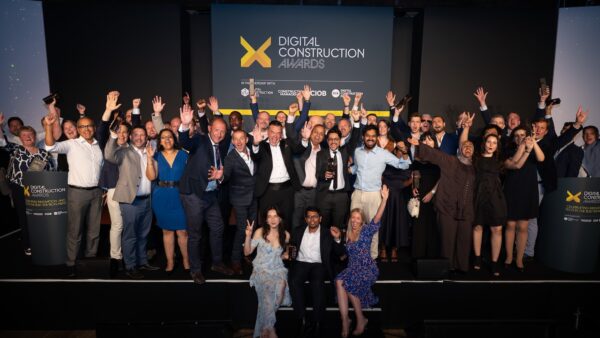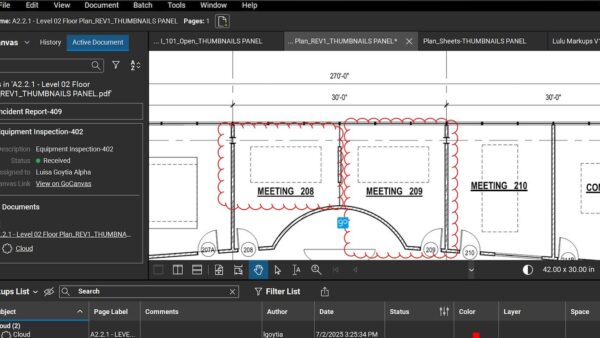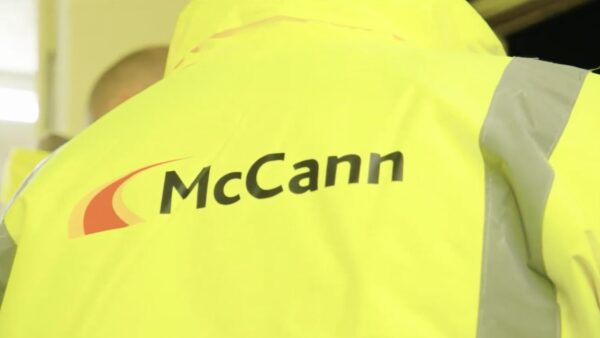Why I’m going to continue delivering BIM Level 6 says Mike Turpin, BIM manager at Capita Property & Infrastructure.
BIM Open Mic is one of those slightly different events in the BIM calendar where the presenting rules are thrown to one side with no defined themes, topics or agendas given – in fact until everyone has arrived there aren’t even any speakers or presentation lined up!
The informal and open style of this event (coupled with the free beers) means that speakers are far more open to discuss some of the important issues and bugbears surrounding BIM, leading to some interesting and thought-provoking debates.
So the afternoon of BIM Open Mic had arrived and after having “one of those days” that I am sure most BIM managers can sympathise with I had the last-minute idea of throwing together my thoughts into a PowerPoint presentation. With 30 minutes to go before jumping on the tube, I pulled together a handful of images, a few lines of text and arranged them into some kind of logical order.
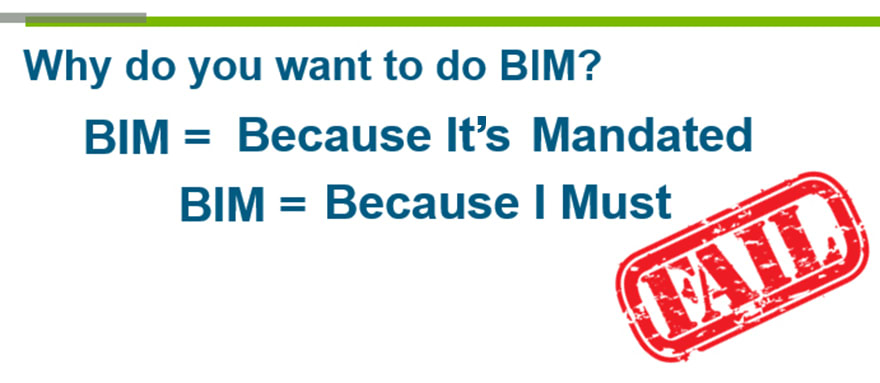
My presentation on the night opened with the simple text “Why BIM?…”. This is a question I am often asked in my role as BIM manager and also a question I often ask of others looking to adopt and implement BIM.
It’s one of those questions that has to have a good and justified answer and I’m glad to say that the vast majority of the time it does. However, there are also the times when you will hear the answer “because it’s mandated” or similar words.
In my experience whenever I hear that someone is beginning their BIM journey purely because they have been “told to” rather than for any of the wide array of proven benefits, I immediately see the long struggle they face ahead, but I also look forward to the inevitable turning point when the “because I must” turns into the “because it makes sense”.
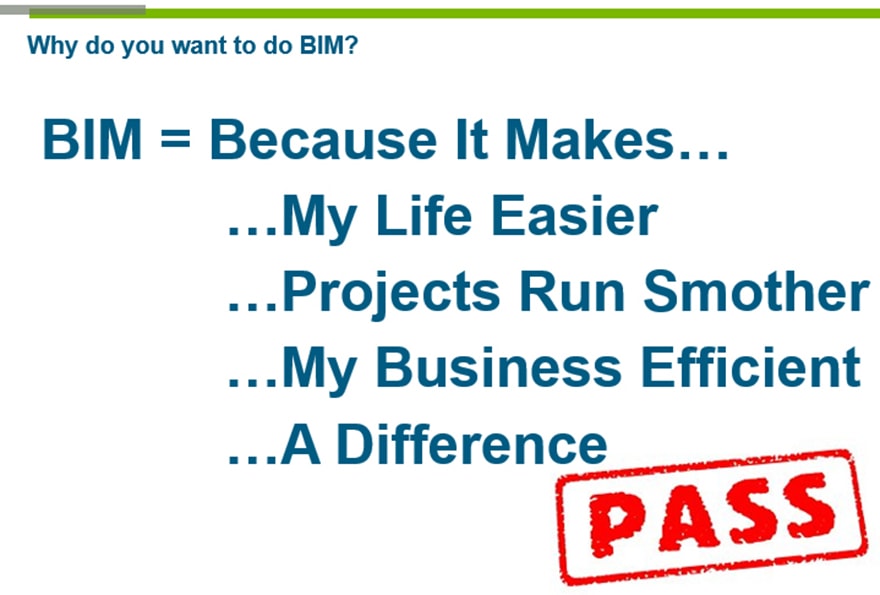
So now that you have worked out why you want to do BIM and made the decision to adopt this great new process which is going to bring our outdated and inefficient construction industry to the forefront of a digital revolution and put the UK above its peers around the world, you hear that magical BIM phrase “Level 2”.
The work that the UK BIM Task Group has put in to creating, documenting and defining the various levels of BIM is a great string to the UK’s bow and a huge achievement in turning our industry around.
My biggest disappointment with BIM Level 2 is that is has become an overused and misunderstood phrase almost to the same level as the acronym of BIM itself. BIM Level 2 is set out as a process with various standards explaining its use primarily for the UK government as a client.
Through this misunderstanding and confusion generated within the built environment we have seen BIM Level 2 defined as everything and anything to do with BIM. I hope that this is only a short term misguidance. However, on the flip side, as long as people are following some BIM standards does it matter what they name it? Does the name you apply to a process affect the effectiveness of the process itself?
As long as the output is clearly defined and that the whole team and client are clear of the objectives then I would be happy calling this BIM Level 99+.
This brought me on to my third and final point (ok, mini rant) about all of the currently defined BIM levels and how no matter whether you’re working for a private or public sector client, government funded project or not, everything is still defined as either BIM Level 2 or no BIM (Level 0).
Somehow in this race for the whole industry to become BIM Level 2 compliant and BIM ready for April 2016 we have all forgotten how to count. As BIM is an evolutionary process where in theory we are all starting at Level 0, should we not evolve by moving to Level 1 first and then once we have adopted that continue our forward journey into Level 2 and eventually onwards to Level 3.
Considering the above and all of the other speakers’ topics raised during the evening and subsequent discussions, you might be thinking why? Why do we continue to try to drive BIM throughout our industry?
This is the easiest question of all to answer and I am hopeful that most if not all of my fellow colleagues and BIM advocates will agree with my answer. We keep doing this because we all believe in the brighter future BIM can bring to construction and the built environment, because we believe that no matter how tough it might be each and every person can make a difference.
If over my career I can help just a fraction of the industry improve their current processes and evolve then I feel that is a fantastic achievement and if the rest of the UK BIM collective can do the same then change is not too far past the horizon.









